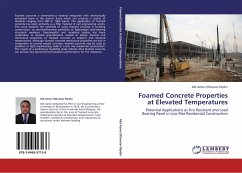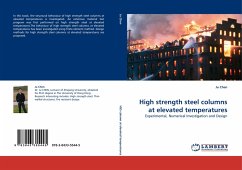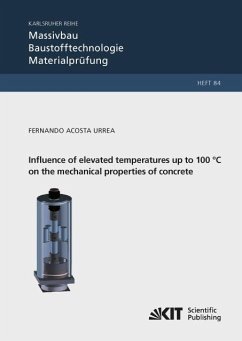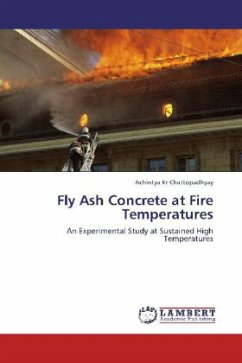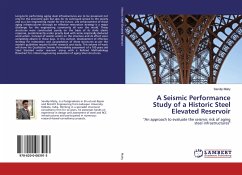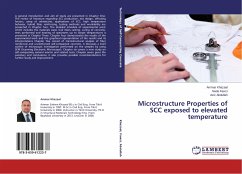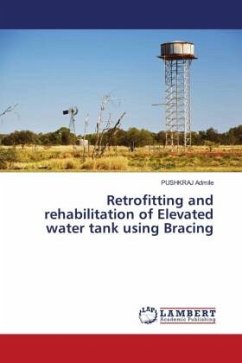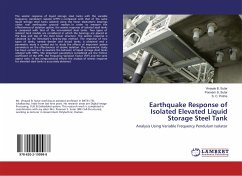
Effects of Elevated Temperatures on Different Types of Concrete
Normal- and High- Strength Concrete, Self-Compacting Concrete, Fiber Reinforced Concrete, Constitutive Modeling
Versandkostenfrei!
Versandfertig in 6-10 Tagen
52,99 €
inkl. MwSt.

PAYBACK Punkte
26 °P sammeln!
In this study, constitutive relationships are developed for normal and high-strength concrete, preloaded normal and high-strength concrete, self-compacting concrete, and fiber reinforced concrete subjected to fire, with the intention of providing efficient modeling and to specify the fire-performance criteria for concrete structures exposed to fire. They are developed for unconfined normal and high-strength concrete, preloaded normal and high-strength concrete, self-compacting concrete, and fiber reinforced concrete specimens that include mechanical properties at elevated temperatures. The pro...
In this study, constitutive relationships are developed for normal and high-strength concrete, preloaded normal and high-strength concrete, self-compacting concrete, and fiber reinforced concrete subjected to fire, with the intention of providing efficient modeling and to specify the fire-performance criteria for concrete structures exposed to fire. They are developed for unconfined normal and high-strength concrete, preloaded normal and high-strength concrete, self-compacting concrete, and fiber reinforced concrete specimens that include mechanical properties at elevated temperatures. The proposed relationships are compared with experimental results and previous existing relationships that it affords to find several advantages and drawbacks of present stress-strain relationships. These results are used to establish more accurate and general compressive and tensile stress strain relationships. Further experimental results for tension and the other main parameters at elevated temperature are needed in order to establish well-founded models and to improve the proposed constitutive relationships, which are general, rational, and fit well with the experimental results.



